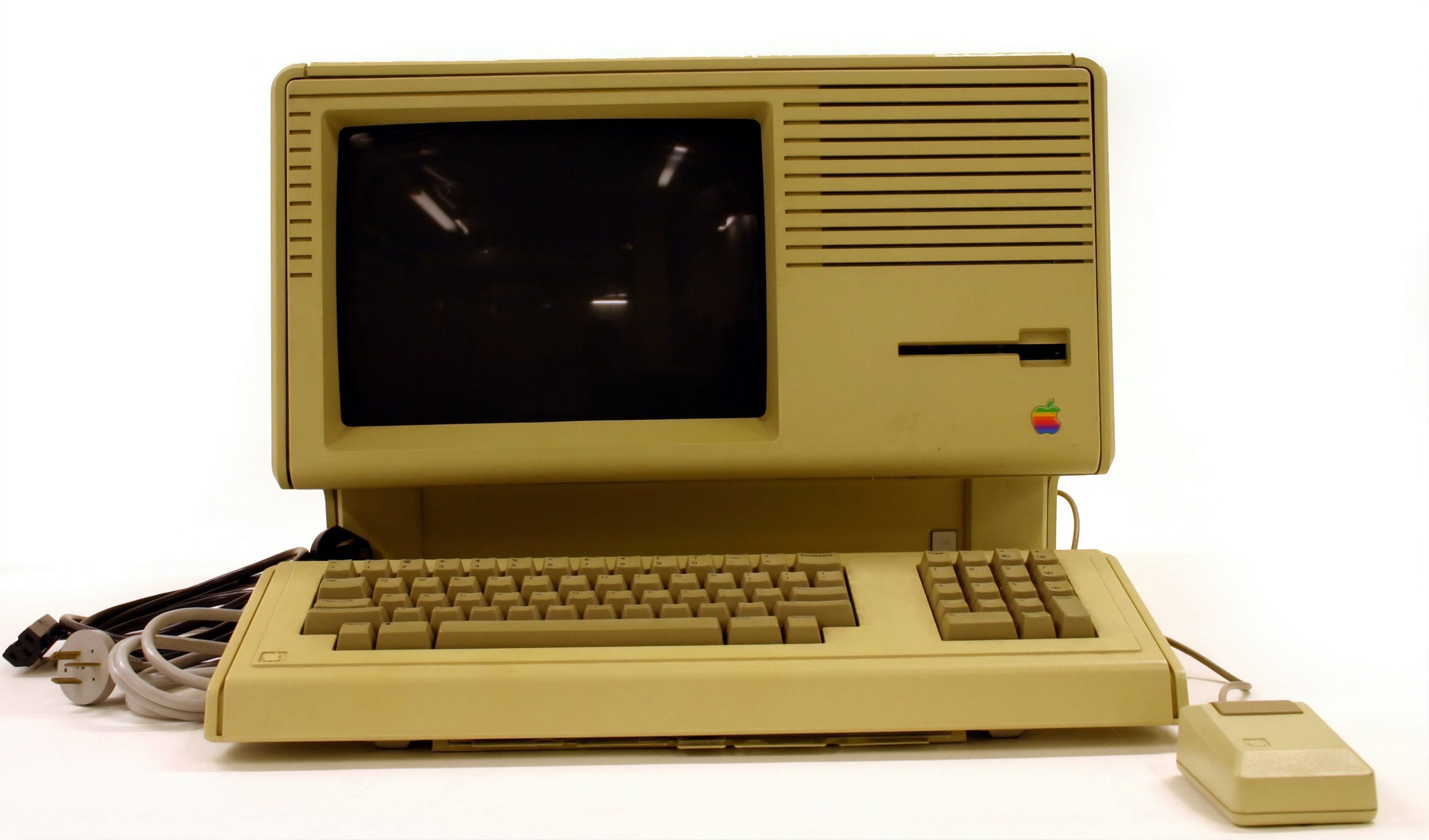I’ve written previously about the trim tab concept, a metaphor used by Buckminster Fuller to describe how an insightful discovery allows one to affect profound and long-lasting change to a system by making a seemingly minor modification. We believe this metaphor has application in various fields, including marketing. To better understand the principal and begin to think about how you might be able to apply it to your organization or marketing problem, here are some examples of trim tab discoveries.
Steve Jobs
With the introduction of the Macintosh computer in 1984, Steve Jobs gave the world its first computer with kerned fonts. It was a simple act that he has attributed to auditing a calligraphy class after dropping out of Reed College. But this seemingly simple decision introduced to computers written language that far more closely mirrored the real world. It was inspired by real world typographical aesthetic instead of the previously preeminent reliance on mechanical efficiency.
As Simon Garfield put it in an NPR interview: “the ability to change fonts at all seemed like technology from another planet. Before the Macintosh of 1984, primitive computers offered up one dull typeface, and good luck trying to italicize it.” And CNN reported: “Jobs was the first to give us a real choice of fonts, and thus the ability to express ourselves digitally with emotion, clarity and variety. He made Type Gods of us all.” The idea of having a computer font with the aesthetics and variety of those in the real world had never occurred to anyone else. He pulled the trim tab and the whole industry turned in a better direction, for good.
Ogilvy
In 2004, Dove launched a new ad campaign for their line of beauty products. This campaign redefined the product’s standing with consumers. The “Campaign for Real Beauty” was a seemingly obvious idea: put real women in the ads instead of models, so the core consumer could more truly relate to the products. Sales of the products featured in the advertising increased by 600% in the year the campaign was launched.
In 2011, Dove® released the findings of its largest global study to date on women’s relationship with beauty—The Real Truth About Beauty: Revisited. The study revealed that only 4% of women around the world consider themselves beautiful, and that anxiety about looks begins at an early age. The creators of this ad campaign had, without the benefit of this research, discovered the trim tab of encouraging pride in everyday beauty. By featuring real women instead of models, millions of women were able to more closely identify with a line of products whose message was now more closely aligned with their view of the world.
Brothers and Sisters | Museum of London
What the Museum of London had in 2010 was a massive collection of paintings and photographs of the city of London. What it did not have was enough visitors. The agency Brothers and Sisters came up with the idea to create an app that literally took the collection to the streets. StreetMuseum allows pedestrians who have downloaded the app and are traversing the streets of the city to visit a few hundred specific locations for which the museum has a historical depiction, while learning something about the artwork or photograph.
Most importantly, it allows them to view the Museum of London image superimposed on top of the same view as seen through the smartphone camera. The app, therefore, connects users to the history of the city and the museum’s collection. It is simple, fun, and oh yes, has effectively connected a few hundred thousand downloaders to the museum’s assets and increased attendance threefold. The trim tab here is pulling together these seemingly disparate elements into a simple and easy-to-use package, one that was not overly expensive to produce and yielded significant results for the institution and the people who have fun using the app.
Getty Images
For anyone who has searched for a stock image on the Getty website, the watermark presented itself as a necessary but annoying eyesore on the images in their pre-licensed state. In “The Watermark Project,” Getty replaced these annoying splotches with a custom URL that takes the user directly to a page where they can view and purchase the image, as well as review all the information and photographer’s credit.
This new watermark has a shortened URL, placed in the lower right corner instead of the middle of the image, allowing the image to be easily bookmarked. This has turned the watermark from something unpopular into something useful and the project itself has all the makings of a trim tab discovery.
If these examples bring other, better examples of trim tab discoveries to mind, please write them up and send them to us so that we can publish them as a collection on our blog.
___
Photo by Museums Victoria



Ask for help.
We are kind, thorough and ready when you are. You just need to ask.